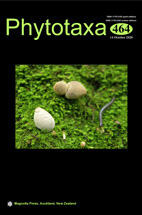Abstract
Integrating morphological and phylogenetic evidence is important for the taxonomy of Apiaceae. Here, we employed morphology of mericarps and molecular evidence to corroborate that two species of Haplosphaera are members of Hansenia. The results showed that Haplosphaera and Hansenia are similar carpologically. Phylogenetic analysis based on ITS data revealed that Haplosphaera is not monophyletic and the two species are embedded in Hansenia. Therefore, the two species of Haplosphaera are transferred to Hansenia, and reasonable taxonomical treatments are proposed.

